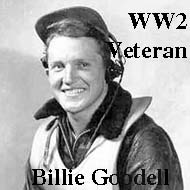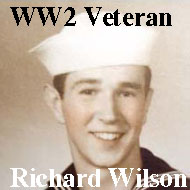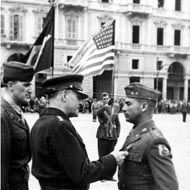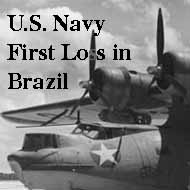
The Rampa Foundation in the United States
The Rampa Foundation and its U.S. contributors
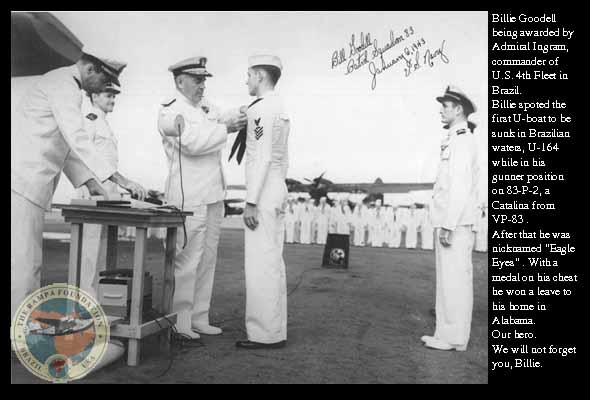
The name Rampa is completely connected to the United States. Rampa is the name the locals in Natal, Brazil call the 1943 Pan Am Seaplane Station building, which is a Historical landmark and was the first attribution of the Rampa Foundation, to take care of this building and to stablish a Museum. It didn't last longer, because the whole area which once belonged to the Brazilian Air Force was handed over to the Brazilian Navy.
In 2008 a new board assumed and The Rampa Foundation became a Cultural Institution dedicated to the research, preservation and difusion of Natal's rich Aviation past.
U.S. participation in that story began in 1922 when the first aircraft was seen in Natal, a Curtiss biplane piloted by Walter Hinton with Brazilian Pinto Martins as co-pilot and a News crew. They were bound for Rio de Janeiro, for the Commemoration of Brazil's 100 years of Independence.
In 1929 two American airlines, NYRBA Line and Pan Am began to grow interest in Natal, as they disputed U.S. Mail Foreign Routes. Pan Am won and NYRBA do Brasil was sold to Pan Am and became Panair do Brasil, its subsidiary.
Natal was the crossroads of the World, if you mean aircraft flying, so many flyers around the world stoped by Natal in their way to the destination. Amelia Earhart was no exception, as did Charles Lindbergh. They came in 1937 and 1933 respectively.
Panair do Brasil did well in Brazil, becoming a leading company in Passenger transport, competing with the Lufthansa subsidiary Syndicato Condor.
The U.S. Government became interested in Natal when in 1940 France lost the war and abbandoned Brazil. Also they needed Natal to supply the British with war material in North Africa. So, from 1940 to January 1942 the U.S. put all his effort on bringing Brazil to the Allies side and expelling the Axis companies out of Brazil. In January 1942 Brazil cut diplomatic ties with the Axis, the U.S. were already on war, since December 1941 and Natal began a new cycle, the development cycle.
The first U.S. serviceman that arrived here was USAAF Lt. Marshall Jamison in June 1941, before the U.S. or even Brazil were at war. From him on, Natal was flooded with American servicemen, since Parnamirim Field was stablished and was the largest U.S. base outside the U.S. Natal was never the same. Natal experienced the fastest growth ratio ever, with people from around the country coming to Natal that was booming economically. From a quite calm town with 40,000 people, it became rapidly a 60,000 people city buzzling with American influence and the dollar. Natal was a party going on and on. Even today people remember "the American experience" with a glow in the eyes. Time not to forget.
Our work at The Rampa Foundation was immensily facilitated by our American contributors, many of them veterans from WW2 stationed in Brazil, many vet's sons, and independent researchers. Thanks to them we came across valuable material in the form of photographs, testimonies, books, official archives, recorded interviews and friendship. They remember with tender their moments in Brazil.
The veterans, they are our friends, not only contributors. They gave without asking. They gave more than they could. It is a pitty only a few are with us. In this website we will try to honor them. War in the South Artlantic was harsh. Many never cameback. many resent from not being recognised in the U.S., by being in the Atlantic, not D-Day or Okinawa. They were heroes the same. War is war. They were important to war effort, without winning in the Atlantic would mean the British colapse. And without Britain as a base, D-Day would never occured. And may be Europe would be part of USSR or a wining Nazi-Germany. See, those veterans matter.
The most influential for us was our friend Billie Goodell, that helped us since 2003 to his death in 2009. We will never forget you. His son Larry continues his work. Another good friend is John Harrison, who is writing a book on FAW-16. He has more than 200 original photographs of Natal during the war, he was a photographer for the Navy. Richard Wilson, also with a book on VP-83/VB-107 is a friend who is helping the plastic model group to put together a model of the "Macahyba Maiden", a Liberator of VB-107. The first one to arrive here, our friend Marshall Jamison (USAAF) is 94 now and have an apartment here in Natal. From time to time he returns to Natal. We have also Lee Fleck, son of Bernard Fleck of VP-83/VB-107 and Charles Anselmo son of Albert Charles Anselmo from VP-94. Thank you all!
................
Billie Godell was our first contributor in the U.S. He inspired us to do our work. He spotted the first U-boat sunk in Brazilian waters, U-164.
Richard Wilson was also a U.S. Navy aircrew stationed in Brazil in WW2. He was assigned to VB-107 and flew many missions from Ascencion Island in the middle of the South Atlantic
Gen. Truscott, commander US 5th Army pins up the Silver Star Medal to Lt. Antonio Rezk, Brazilian Army Expeditionary Force (FEB) in Italy, WW2. Click on the picture to listen to the Expeditionary Song
Get to know the real story behind the loss of Catalina 83-P-12. It was the first loss in Brazilian waters, and due to an accident.
